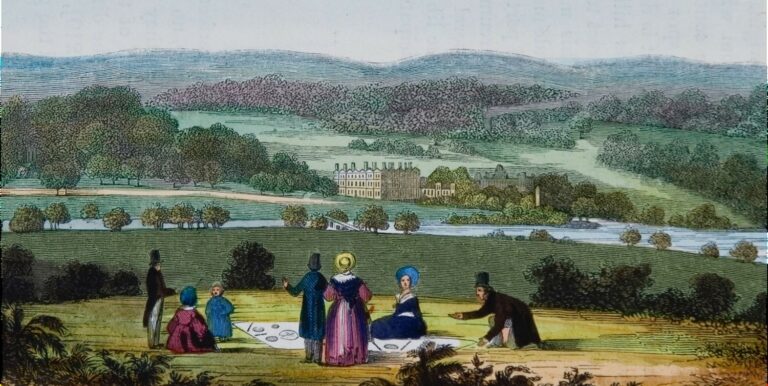Britain was experiencing a new sense of freedom following the Glorious Revolution of 1688 which limited Royal power and saw the rise of Parliament as an important force in political life. The Whig party were in the ascendency and they rejected the idea of authoritarian Royal rule which had been prevalent in Britain for centuries, in favour of liberty, although still only for men of wealth and privilege.
Turning their back on the ultimate power of the monarchy in countries like France, as well as Britain’s own recent history, the Whigs searched for a different role model on which to base their new sense of identity, and found it in the classical republican world of ancient Rome, which they interpreted as a free political system untainted by royal or religious influence. Liberty was their watchword, and it found its way into everything, including our gardens.
Stourhead in Wiltshire, was one of the first examples of an English Landscape Garden, inspired by paintings like that of Claude Lorrain (see images below).





